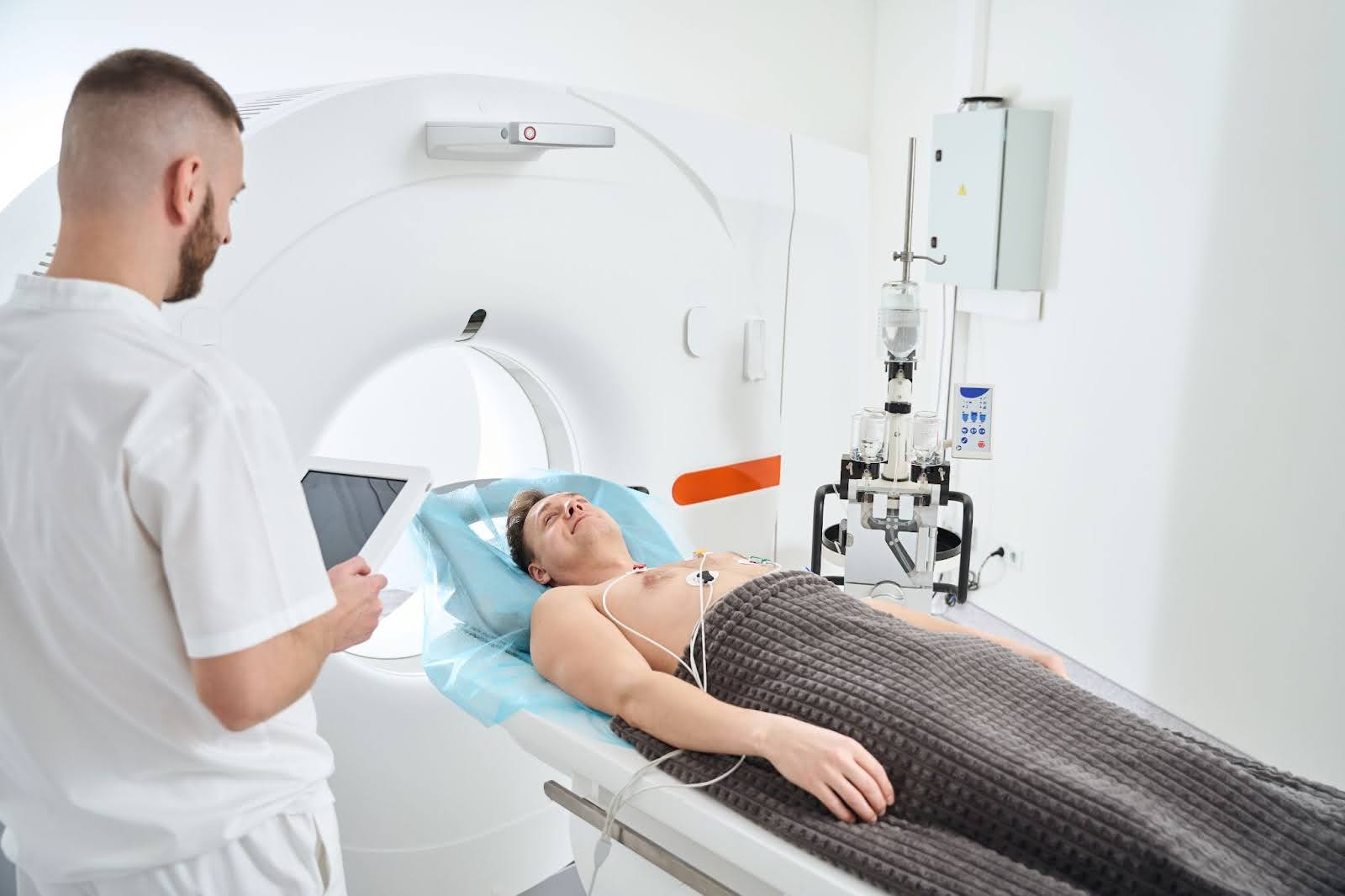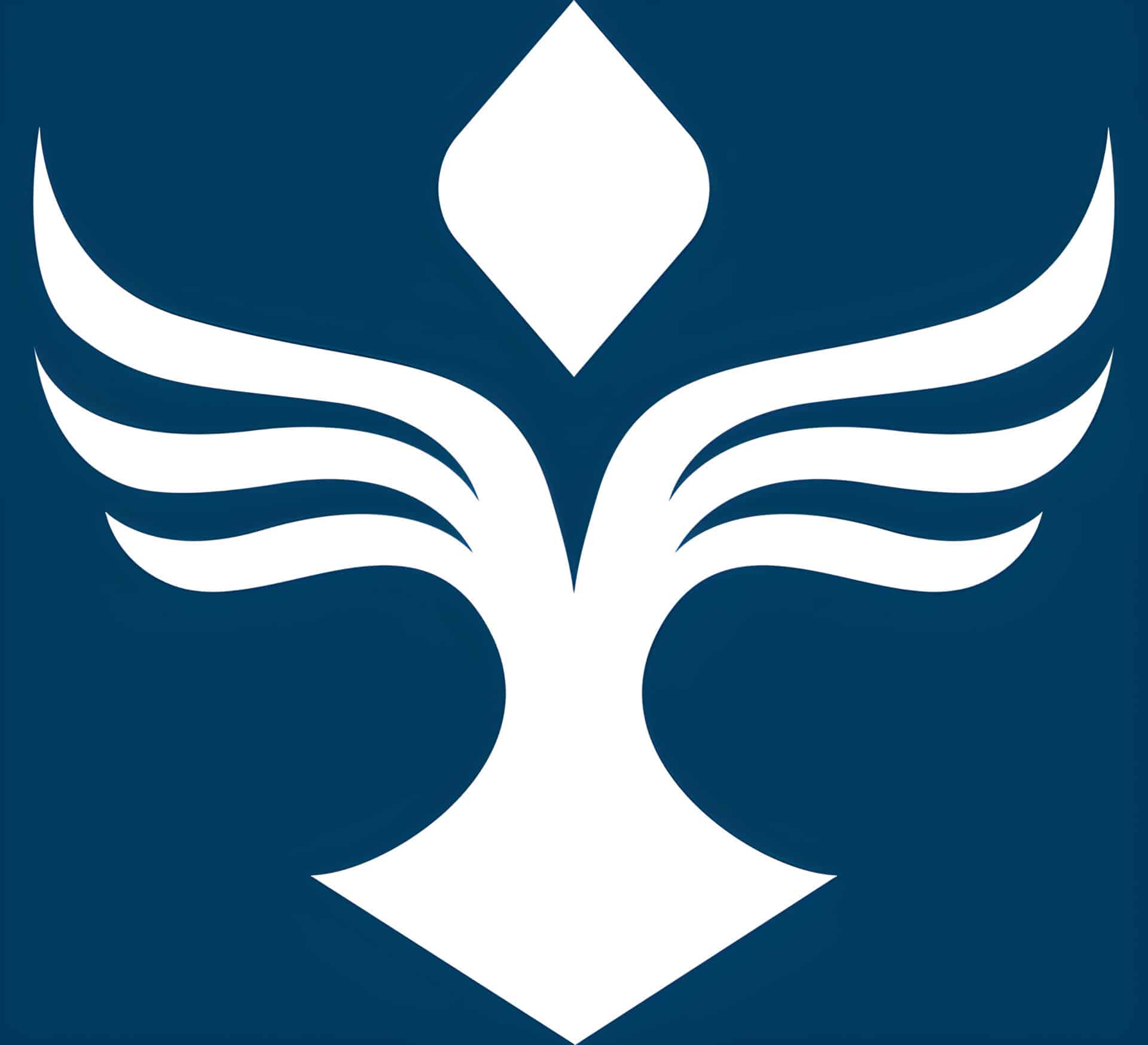Stroke Angiography: Enhancing Stroke Diagnosis and Treatment

Vascular Angiography: A Critical Tool to Enhance Stroke Diagnosis and Treatment
Vascular angiography has become an essential tool in the diagnosis and treatment of stroke and other vascular diseases, providing critical insights that can significantly improve patient outcomes. This advanced imaging technique allows medical professionals to view detailed images of blood vessels, helping them identify blockages, abnormalities, or other issues that may be contributing to a stroke.
At MERI, our state-of-the-art angio suite is equipped to support high-precision stroke diagnosis and treatment. The angio suite’s advanced imaging capabilities offer real-time insights, enabling faster, more accurate decisions that can be life-saving in emergency stroke situations. With this technology, MERI is at the forefront of enhancing stroke care, allowing physicians to both diagnose and intervene with the latest interventional techniques.
Understanding Strokes and Vascular Diseases
Strokes and other vascular diseases are major contributors to long-term disability and mortality, affecting millions of people worldwide. Vascular diseases can disrupt blood flow to vital organs, particularly the brain, leading to conditions like ischemic and hemorrhagic stroke. Each type of stroke requires precise, timely diagnosis for effective treatment and to prevent permanent damage. Given the complexity of these conditions, advanced imaging like stroke angiography is essential for accurately identifying blockages or abnormalities, enabling targeted and often life-saving interventions.
The Fundamentals of Angiography
Stroke angiography is a specialized imaging technique that provides detailed images of blood vessels, helping doctors assess blood flow and identify obstructions or damage. Different types of angiographic studies are used in stroke diagnosis:
- CT Angiography (CTA): A non-invasive method that uses X-rays to capture detailed images of blood vessels, providing valuable insights into blockages and narrowing in the arteries.
- MR Angiography (MRA): This imaging method uses magnetic fields to visualize blood vessels without radiation exposure, making it suitable for patients who may need repeated imaging.
- Conventional Catheter Angiography: The most direct and detailed form of angiography involves the insertion of a catheter to inject contrast dye directly into blood vessels for high-precision imaging.
Each of these techniques plays a unique role in stroke diagnosis, offering various levels of detail that help physicians choose the most effective treatment approach.
Diagnostic Excellence Through Angiography
Stroke angiography provides unparalleled visualization of blood vessels, which is crucial for diagnosing complex vascular conditions. By generating high-resolution images of the arteries and veins, angiography allows doctors to pinpoint the exact location and nature of blockages, aneurysms, or other vascular abnormalities. This precision is invaluable in planning treatment strategies, particularly for stroke, where time is critical. With angiograms and strokes, healthcare providers can confidently make informed decisions that improve patient outcomes and reduce the risk of further complications.
Interventional Angiography
Beyond diagnosis, stroke angiography serves as a powerful tool in interventional procedures. Techniques like angioplasty and stenting are guided by angiographic imaging, allowing physicians to open narrowed or blocked blood vessels with accuracy and care. These minimally invasive procedures can restore blood flow to affected areas, reducing the risk of stroke and other complications. The versatility of angiography in both diagnosing and treating vascular conditions demonstrates its critical role in modern medicine, providing targeted solutions that enhance patient quality of life and support recovery.
MERI’s Angio Suite: At the Forefront of Vascular Education
Our angio suite is equipped with cutting-edge technology designed to support both diagnostic and interventional angiography training, placing it at the forefront of vascular education. This advanced facility provides a hands-on learning environment for medical professionals, enabling them to gain practical experience with the latest imaging and interventional techniques.
The angio suite offers real-time imaging capabilities, allowing participants to practice complex procedures such as catheter placement, angioplasty, and stenting with precision. This immersive, hands-on training prepares healthcare providers to handle real-world cases with confidence and expertise, ultimately improving patient outcomes. By offering access to state-of-the-art technology, our angio suite plays a vital role in advancing vascular care education and ensuring that medical professionals are well-equipped to make life-saving decisions.
Risks and Considerations in Angiography
While stroke angiography is a powerful tool in diagnosing and managing vascular diseases, it does involve certain risks. The procedure typically requires the injection of contrast dye and, in some cases, catheter insertion, both of which carry potential side effects. Patients may experience mild reactions to the contrast dye, such as warmth or slight discomfort, while rarer complications can include allergic reactions, bleeding, or infection at the catheter insertion site.
Despite these risks, angiography remains an invaluable procedure, especially in the context of vascular disease management. Technological advancements have significantly minimized these risks; today’s imaging techniques use lower contrast dye amounts, enhanced image clarity, and minimally invasive approaches. For many patients, the benefits of precise diagnosis and targeted treatment planning far outweigh the potential drawbacks, making angiography a critical resource in improving vascular health outcomes.
The Evolving Role of Angiography in the Future Management of Stroke and Vascular Diseases
Angiogram for stroke continues to evolve as advancements in technology and research reshape its role in diagnosing and treating stroke and other vascular diseases. Emerging tools like artificial intelligence (AI) and machine learning are poised to enhance the accuracy and efficiency of angiographic imaging, making diagnosis faster and more precise. AI-driven algorithms can analyze angiographic images in real-time, helping healthcare providers identify subtle abnormalities and predict patient outcomes more effectively.
In addition to AI, advancements in minimally invasive techniques and high-resolution imaging are expanding the possibilities for interventional angiography. These developments promise safer, more targeted treatments, reducing recovery times and improving overall patient outcomes. As research in this field progresses, angiography will continue to play a pivotal role in the proactive management of vascular health, offering patients access to more personalized and responsive care.
How to Get Involved with MERI’s Training Programs
At MERI we offer exceptional training opportunities for medical professionals interested in advancing their skills in diagnostic and interventional angiography. Through hands-on programs and access to state-of-the-art facilities like the angio suite, participants gain invaluable experience in high-tech, real-world scenarios.
Medical professionals seeking to expand their expertise in vascular health can explore careers at MERI as well as training opportunities. These programs are designed for healthcare providers with a foundational background in vascular or radiologic sciences, and specific prerequisites may vary depending on the program. To apply, prospective participants can review program details and requirements, complete an application, and prepare to engage in immersive training experiences that offer a blend of theory and practice.
Learning with us at MERI provides the unique advantage of working with cutting-edge technology and learning from experienced instructors, positioning participants for future success in their careers. For more information on how to get involved, please contact MERI today.
